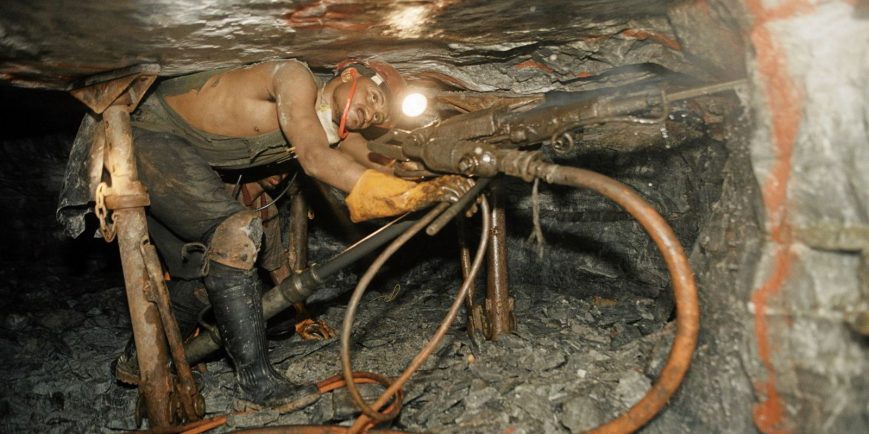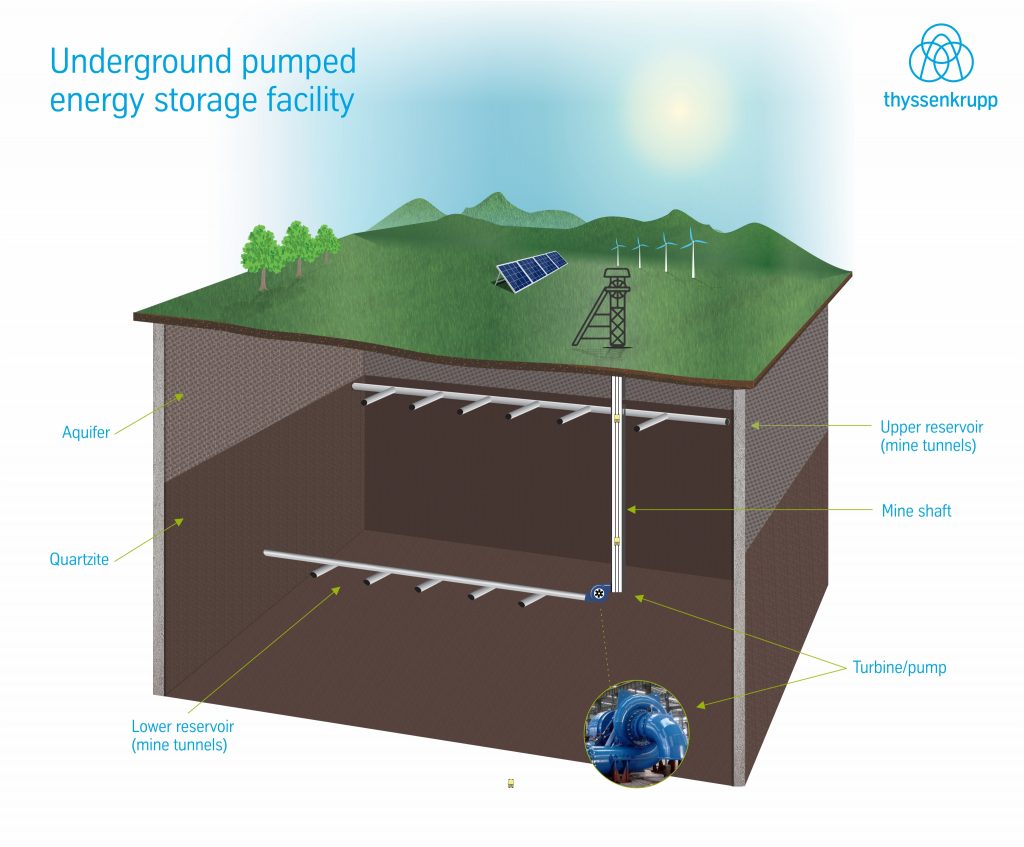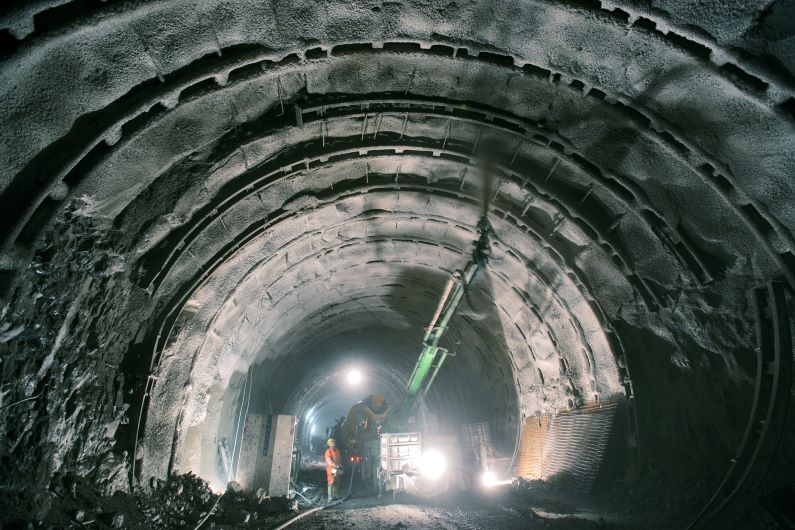
Leading international mining company, Sibanye-Stillwater, has appointed thyssenkrupp Uhde Africa to undertake an Underground Pumped Energy Storage Pre-Feasibility Study at Driefontein Gold Mine. thyssenkrupp Uhde Africa is undertaking the study in collaboration with Wismut GmbH, a specialist mine closure and remediation company, that is federally owned by the German government. The project involves repurposing unused shafts and associated mine tunnels for Renewable Underground Pumped Hydroelectric Energy Storage (RUPHES). The objective of the Pre-Feasibility Study is to test and develop the technical and commercial concept to enable Sibanye-Stillwater to assess the viability and benefits of the project as an option for mine closure and facilitation of the post-mining economic development of communities through provision of sustainable energy and water.
South Africa has a national electricity generation supply deficit, world-class solar and wind resources and a commitment to achieve net zero by 2050. A challenge to material renewable energy penetration and our national response to climate change is cost-effective energy storage. Sibanye-Stillwater believes that a RUPHES system may support its commitment to carbon neutrality by 2040.

Underground pumped energy storage utilises development mining tunnels, previously used to access the gold reefs, as upper and lower reservoirs which will enable energy storage and generation. When excess electricity from renewable or other sources, is available, water is pumped to the upper reservoir. When the electricity is required the water discharges from the upper reservoir to the lower reservoir under gravitational force, generating electricity through a generator coupled to a turbine in the shaft system.
Traditional hydroelectric energy storage projects require several years to construct water storage dams to be utilised as reservoirs. The development of reservoir dams for traditional storage are typically half the cost of the total project. Repurposing mining development tunnels to store water therefore could enable cost-effective energy storage and also reduces construction schedules.
More news
- DOK-ING’s innovative electric mining equipment unveiled at ElectraMining
- CONCOR’S MASTERY IN FAST TRACK PROJECT IMPLEMENTATION UNDERSCORED BY SAFETY AWARD
- PROMINENT SEA POINT HOTEL REFURBS WITH REHAU
- CONCRETE ROOF TILES USED FOR WALL CLADDING ON COASTAL HOME
- THE GREENEST RESIDENTIAL DEVELOPMENT IN AFRICA?





